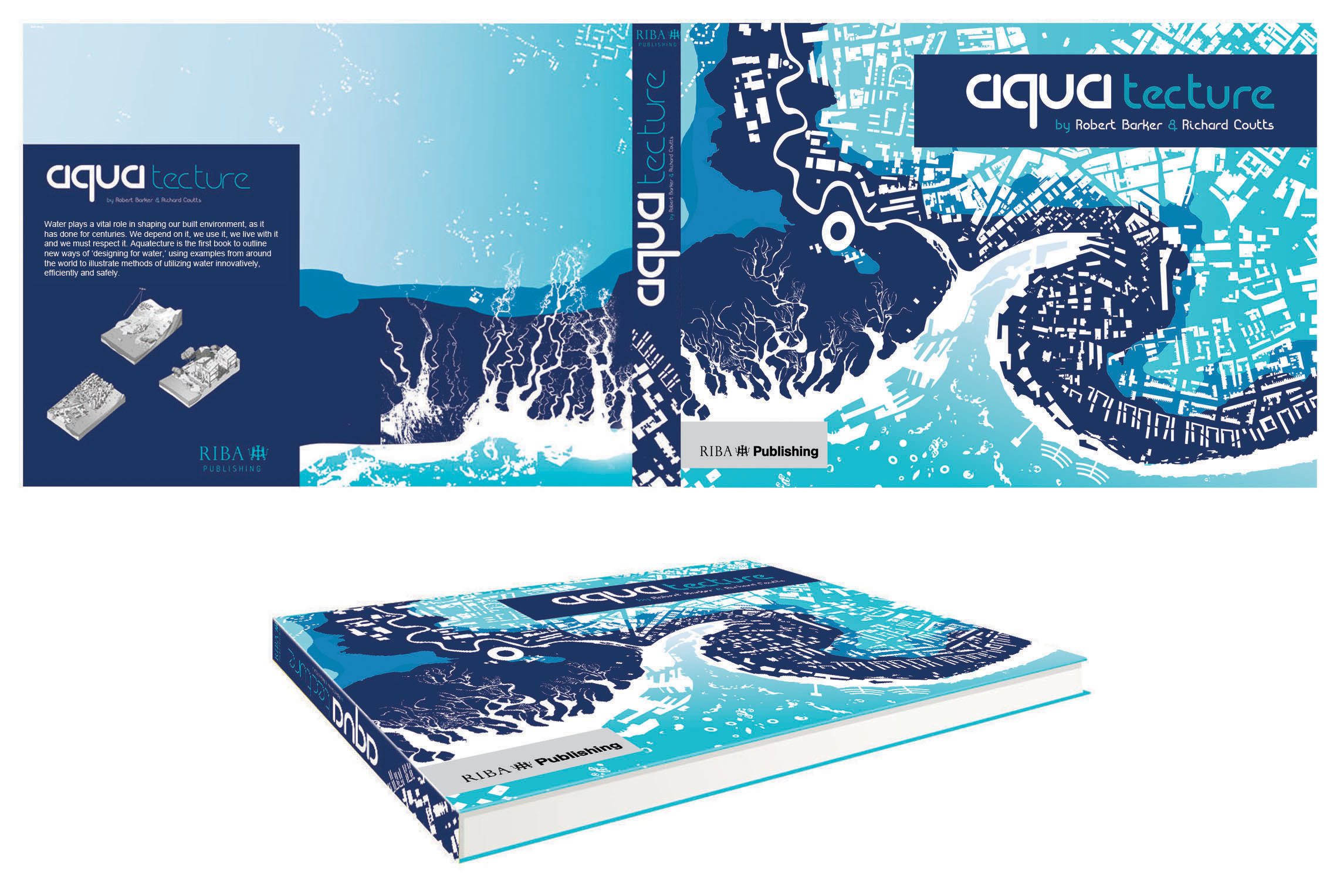Main author
Michael BrooksAquatecture - review
Robert Barker and Richard Coutts – 'Aquatecture: Buildings and cities designed to live and work with water'
Published by RIBA Publishing (2016)
This hefty and well-presented new book from the RIBA examines the vital role played by water in shaping the built environment. Since we depend on, use, and live with water, it is important that 'designing for water' is considered.
When one thinks of 'aquatecture', the first place that may spring to mind is Venice, a western city that is unique for being built on and around a lagoon. But modern architects too have sought to push the boundaries of the relationship between water and buildings; from Frank Lloyd Wright's iconic Falling Water, and Louis Kahn's Salk Institute, to Diller Scofidio & Renfro's Blur Building.
The book defines aquatecture as, 'A water-centric approach to design in which flood-risk management, development pressure and adaptation to climate change are simultaneously reconciled to allow buildings and cities to live and work with water.'
It examines the possible combinations of water and architecture, beginning with an historical overview. The relationship between water and architecture is examined; how water has shaped civilisations, how pressures from urbanisation increase the need to make space for water, and how best to cope with flooding through integrated design approaches.
It progresses on to what the possible future could look like in a world where climate change and flooding are increasing risks. It explores international approaches to designing with water across key disciplines of planning, landscape design, infrastructure and architecture. New innovative techniques are explored that the authors claim could 'revolutionise the way we think about water, design and urban planning'. Each is discussed and their respective effectiveness assessed.
Such innovations include:
- Amphibious (floating) buildings.
- Elevated buildings.
- Wet- and dry-proof buildings.
- Rain gardens.
- Flood storage.
- New methods of waterfront design.
Four case studies are provided:
- Building perspective: Amphibious house.
- Neighbourhood perspective: Seine Gare Vitry, Paris.
- City perspective: Shanghai, Future City.
- Regional perspective: Nijmegen and Lent, Netherlands.
Intended as a reference tool for architects, urban designers, planners and sustainability experts, 'Aquatecture' strikes a successful balance between providing technical information and exploring ambitious theories for future development. The illustrations and images throughout the book are excellent and serve to make it well-structured and a pleasure to dive in and out of and to examine in more depth.
For more information and to purchase 'Aquatecture', please see RIBA Bookshop.
[edit] Find out more
[edit] Related articles on Designing Buildings Wiki
- Bill Gething and Katie Puckett - Design for Climate Change.
- Blur Building.
- Charles Waldheim - Landscape as Urbanism: A General Theory.
- Coastal defences.
- Flood risk.
- Groundwater control in urban areas.
- Owen Hatherley - Landscapes of Communism.
- Prenuptial Housing.
- River engineering.
- Sustainable water.
- Thames barrier.
- Types of water.
- Urban Rigger.
- Water conservation.
- Water engineering.
Featured articles and news
RTPI leader to become new CIOB Chief Executive Officer
Dr Victoria Hills MRTPI, FICE to take over after Caroline Gumble’s departure.
Social and affordable housing, a long term plan for delivery
The “Delivering a Decade of Renewal for Social and Affordable Housing” strategy sets out future path.
A change to adoptive architecture
Effects of global weather warming on architectural detailing, material choice and human interaction.
The proposed publicly owned and backed subsidiary of Homes England, to facilitate new homes.
How big is the problem and what can we do to mitigate the effects?
Overheating guidance and tools for building designers
A number of cool guides to help with the heat.
The UK's Modern Industrial Strategy: A 10 year plan
Previous consultation criticism, current key elements and general support with some persisting reservations.
Building Safety Regulator reforms
New roles, new staff and a new fast track service pave the way for a single construction regulator.
Architectural Technologist CPDs and Communications
CIAT CPD… and how you can do it!
Cooling centres and cool spaces
Managing extreme heat in cities by directing the public to places for heat stress relief and water sources.
Winter gardens: A brief history and warm variations
Extending the season with glass in different forms and terms.
Restoring Great Yarmouth's Winter Gardens
Transforming one of the least sustainable constructions imaginable.
Construction Skills Mission Board launch sector drive
Newly formed government and industry collaboration set strategy for recruiting an additional 100,000 construction workers a year.
New Architects Code comes into effect in September 2025
ARB Architects Code of Conduct and Practice available with ongoing consultation regarding guidance.
Welsh Skills Body (Medr) launches ambitious plan
The new skills body brings together funding and regulation of tertiary education and research for the devolved nation.
Paul Gandy FCIOB announced as next CIOB President
Former Tilbury Douglas CEO takes helm.
UK Infrastructure: A 10 Year Strategy. In brief with reactions
With the National Infrastructure and Service Transformation Authority (NISTA).
























